For 2019, I had decided I wanted to make a resolution that might someday make a difference for my neighborhood and community while contributing to a greener future.
Helping my parents move out of their house of 42 years in 2018 put me on intimate terms with the various bins at SOCCRA (the Southeastern Oakland County Resource Recovery Authority), so in November, I was thinking I might resolve to do something related to recycling.
But, instead, circumstances in December led me to resolve to plant a tree.
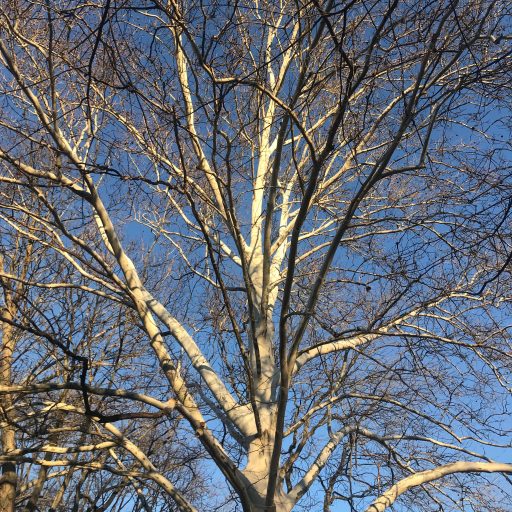
Trying to distract myself, I find an unexpected focus.
Shortly before the holidays, when all of the nonprofits that had ever gotten ahold of my e-mail address were sending out pleas to get me to make a donation before the end of 2018, I received–delivered by U.S. postal carrier–a survey from the Arbor Day Foundation.
I suspect I had “earned” it because, at some point in the last 5 years, upset by the imminent destruction by a developer of a grove of beautiful beech trees in my neighborhood, I had donated some money out of grief. I have no actual recollection of doing this. Maybe the survey was just a random mailing. Maybe you got one too.
In mid-December, I searched for a pencil, sat down on my kitchen counter stool, and filled in an oval under each of the 17 multiple-choice questions on the 2019 Michigan Tree Survey. It served as a good temporary fix to avoid facing my overwhelming list of holiday tasks.
But, nobody ever got my answers.
I didn’t mail my completed survey. At the end of the survey, were two choices more than I could handle at the time:
- How much money to donate to the organization
- Whether to a) take the “10 FREE Flowering Trees & 2 FREE Fragrant Lilacs” in return for my donation or b) designate that the foundation “plant 10 more trees in one of our nation’s forests in greatest need.”
What I imagined doing in order to answer Question #1 was going back through our charitable giving for 2018 to figure out what made sense to send to the Arbor Day Foundation. (Hey, just abandon that holiday gift list and get a jump on 2018 taxes!)
The holiday haze has cleared enough that I’m sure receiving 10 trees and 2 lilacs to plant would be 11 too many things to plant.
Two questions stuck.
The survey was due by January 18, 2019. It had been filled out for over a month at that point. But, I didn’t mail it. And, still haven’t. It certainly isn’t because I’ve forgotten about it. The survey questions–two in particular–keep floating up in my mind unprovoked, as if from a Magic 8 Ball:
9. Can you identify the trees near your Royal Oak home? I selected the answer “Some of them.”
10. How many trees do you have on your property? I had to count before I picked “More than 7.” (Twice that, in fact. Who knew?)

Serendipity arrived with the City Assessor . . .
The same week I completed the survey, a city assessor pulled up in our driveway to have a look at the one-room addition we’re in the process of adding to the back of our house. I took her on a guided tour, explaining, in passing, what we’d done to try to remain true to the style of our unique “California ranch,” which had been featured in the “Living” section of the Detroit Free Press in 1957.
As our conversation was winding down and Julia was about to take her leave of me, she showed me an official-looking record card clipped on her metal clipboard. On the card was a photo of our house with notes below it printed in pencil. She said something about the assessment reports being digitized now and asked if would I like the old photo of our house. Of course, I would. She added that there appeared to be another older photo beneath it.
. . . and a trio of photos.
And, it did appear that the top photo was glued onto another beneath it. I went back inside and set the teakettle to boiling. I was able to remove this photo:

This first photo, featuring the front sunroom addition–the only previous addition to the house–had been glued on to another photo:
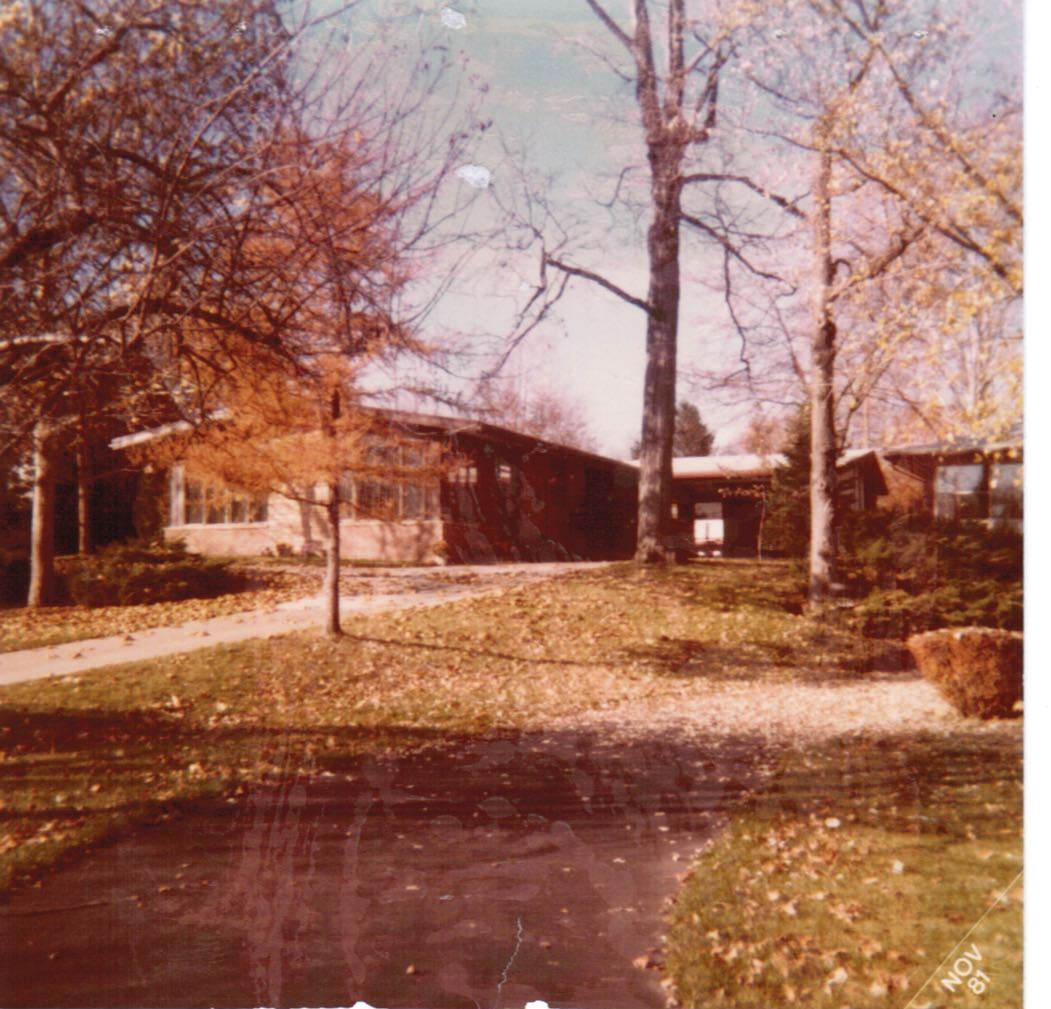
This middle photo–which also featured the front sunroom addition–was attached by two staples, which I carefully removed, to discover another 3.5 x 3.5 photo, this one black and white, showing a seamless driveway (unlike what exists now), a thick and even lawn (also unlike what exists now), and the house minus the front sunroom:
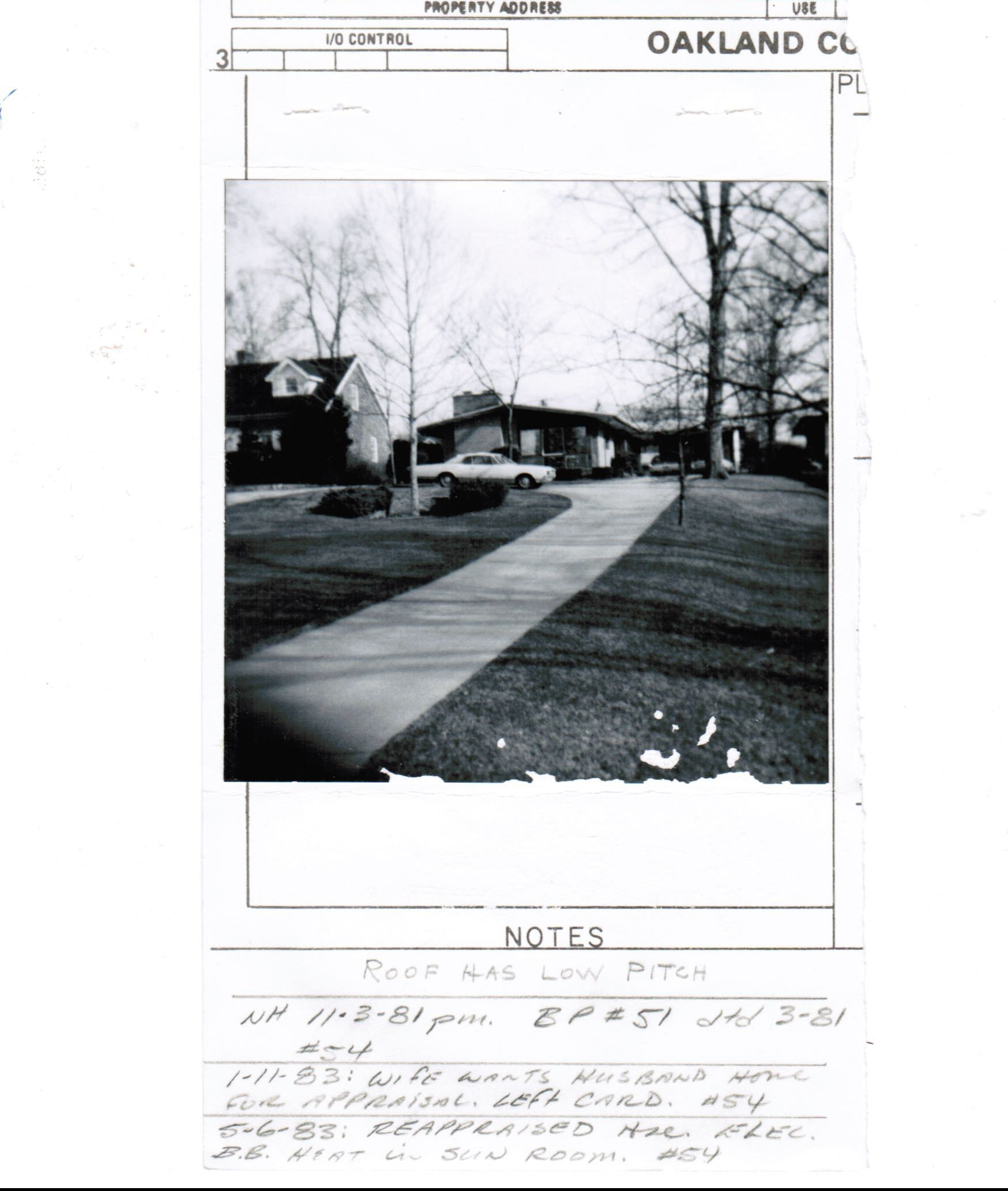
Judging from the pencil notes on this black and white photo: the photo that was glued on the top of the other two appears to have been taken on May 6, 1983 when the city was assessing the new baseboard heat in the sunroom addition. It’s clearly spring in the photo with a flowering tree in bloom and the deciduous trees just leafing out.
The middle photo was from November 3, 1981 when the sunroom was first added. The leaves clearly need raking in the photo, and the photo is dated “NOV 81” in the bottom right corner.
Initially, I thought the black and white photo must have been taken when the house was first built, but then I realized that the white convertible parked in front of it is not a car of the 50s. My husband and a friend, Rick Seymour, thought it might be a Pontiac from the 70s.
But, then I started looking closer. Not at the house. Not at the unidentified car. I started looking at the trees.
More changes than I expected.
First, I notice the unfamiliar trees that show up in that black and white photo–and appear in the 1983 photo as well–that are no longer in our yard and were not here when we bought the house almost 13 years ago.
And then, I notice the empty places where trees whose shade we enjoy today hadn’t been planted yet.
Finally, I am amazed by how much and how fast the trees–those that were there in the black and white photo and are still in our yard today–have grown.
Here’s just one example.
Let’s consider the big tree in the middle of my front yard that sheds its bark every year. I’d been told this was a sycamore tree by my neighbor, Mrs. Genevieve Irwin. But, a tree service company referred to it as a London plane tree. I would have bet it was a sycamore. However, after last week’s wind, when I went out to take the photo of it (below on the right), I discovered a pair of the tree’s spherical fruits sharing the same stalk lying on the driveway.

Generally, a sycamore’s fruits grow just one to a stalk while the London plane tree bears its fruits in pairs. Apparently, the operative word is “generally,” and looking up into the branches, I saw more single balls on stalks swaying in the cold morning than pairs hanging together. Apparently, Mrs. Irwin knew trees, especially those in the canopy that stretches over our two yards.
In the photo on the right above, notice the house (minus the sunroom) in relationship to the slender sycamore. Over the weekend, on February 9, 2019, I took the photo on the right, where the sycamore is towering over what now almost appears to be a playhouse. Look how much this sycamore has grown in less than 50 years!
I’m curious: How might you answer these questions?
- Do you know how many trees share your lot with you? I didn’t suspect that at least 14 trees were shading my house and digging their roots deep in my yard. I’d never thought to count them before.
- Do you know to what species each of your trees belongs? It’s taken me a dozen years to learn the identity of all of the trees on my property and in my two neighbors’ yards. I suspect that at some point in recent history that would have been considered one of the marks of an uneducated person.
- Can you identify the other trees in your neighborhood? Some, but not all. Not yet.
My resolution evolves.
The Arbor Day tree survey, the photos documenting the earlier life of the trees that now share the yard with me, and the coincidence of both arriving at my door in the same week tugged at me for the next few weeks. What finally floated to my awareness was my recognition of how grateful I am that the two families living at this address before me had planted trees. Then I wondered if something I could do might have a similar impact on future owners of my house and residents in my neighborhood, people I might never meet. Perhaps they would come to appreciate a tree that I could plant this year. A different kind of random act of kindness. Seemed a perfect resolution for my resolution quest!
Resolved: To plant a tree somewhere where no tree currently grows on Arbor Day 2019. Meanwhile, now that I know the why and when, I plan to figure out the what, where, and how of the tree’s planting.
Oh, and I’ll take all the help anyone has to offer.
“The best time to plant a tree is twenty years ago. The second best time is now.”
— anonymous



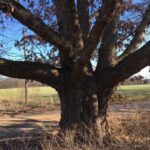

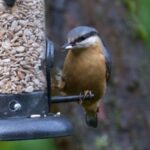
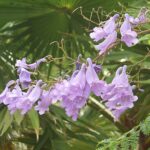

Wonderful! This is classic Maureen Dunphy, the detail and investigation, the delightful curiosity leading to, well, wonder. I couldn’t begin to count the trees on our 9.1 acre half forest/half field lot, but I can see 8 inside the fenced in yard from my study. Let’s see: 3 white pines, “guardian pines,” my mother called them; they tower. 2 sugar maples that hold our hammock when the snow goes away. 1 small beech, planted when we moved in. 2 immature apple trees, also planted after we moved in. And a Korean maple we planted last summer after my mother died. When we planted it, I lamented about not getting to see it get big; we don’t plan to be here that long. Doesn’t matter, Shelley said, you plant the trees for the future. Maybe I’ll count how many she’s planted in 13 years. As always, you’ve inspired me, friend.
Your white pines are beautiful Lucinda! I have photos of them somewhere. And I recall the maples (although I didn’t know they were sugar maples; but, hey, it’s Vermont–what other kind of maple would they be?). But where is the beech planted? Half a mature beech lives in our backyard (the other half in my neighbor’s; the privacy fence stops and starts up again around its trunk). Would love if you would please send me a photo when time and weather allows. We could compare beeches. I’d like that.